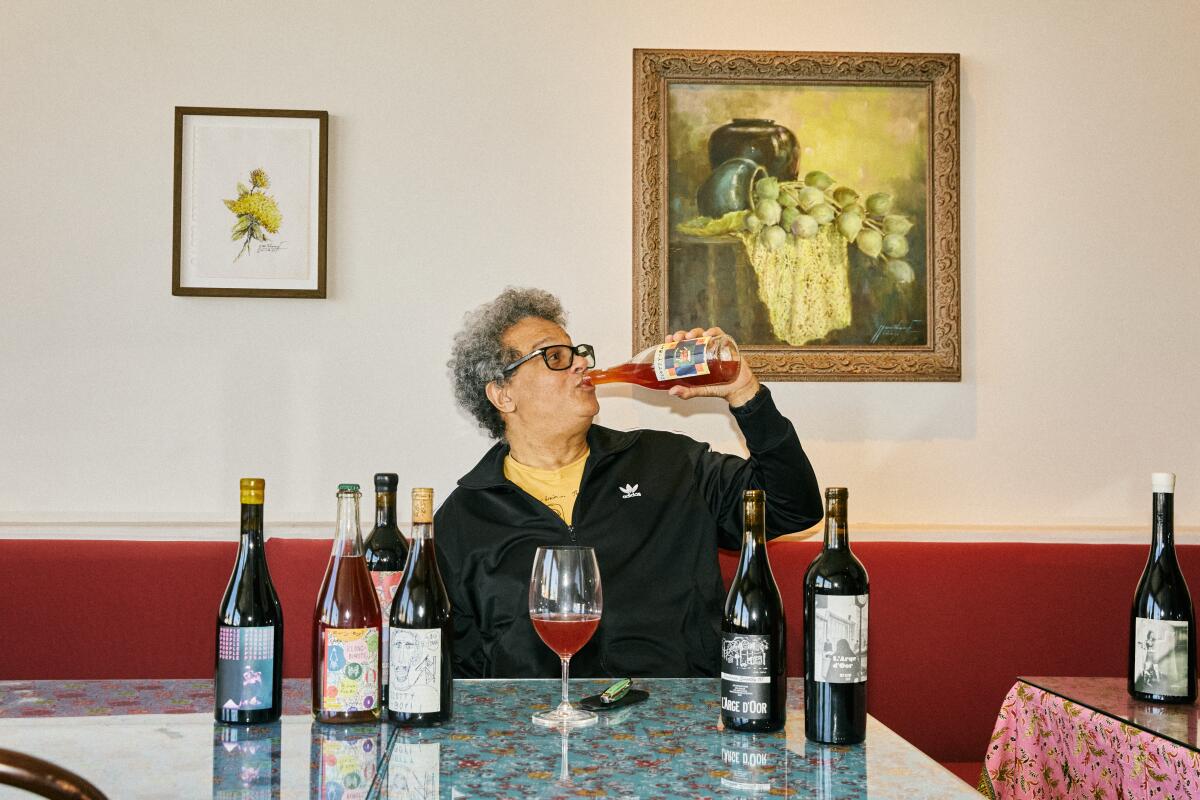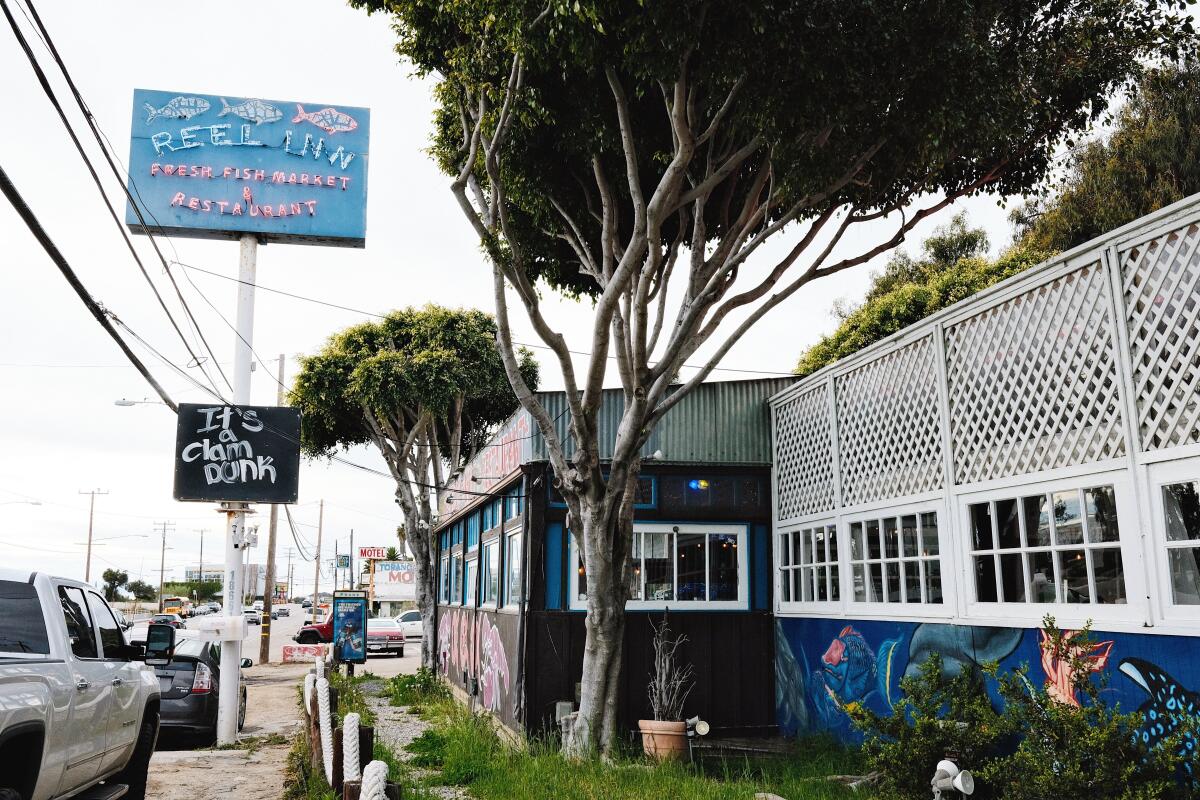The tiny chocolate box village of Great Tew in Oxfordshire has just 156 residents and is served by one pub and a small cafe – but A-listers are moving in in their droves
Welcome to Britain’s Beverly Hills – where the hum of private jets fills the air and a single sausage roll will set you back £8.
The tiny chocolate box village of Great Tew in Oxfordshire has just 156 residents and is served by one pub and a small cafe. But in recent years, famous names have arrived in their droves, with everyone from the Beckhams and Simon Cowell to US chat show host Ellen DeGeneres calling it home.
And hundreds descended on the local church last month to watch the late tech billionaire Steve Jobs’ daughter Eve, 27, wed Olympic showjumper Harry Charles, 26. The newfound popularity of Great Tew – which has more thatched cottages per square mile than anywhere else in the country – has sent house prices skyrocketing, with a simple three-bed in the OX7 postcode now fetching at least £2.5million.
READ MORE: ‘Best’ UK theme park is wildly overlooked and tickets are available for just £14READ MORE: Travel fans urged to visit European country now – ‘before it becomes popular’
Villagers reckon celebrities are drawn to the peace and quiet, but fear the parish will buckle under the strain. One says: “We’re overrun. People come here to celebrity spot. We’ve gone from being a place virtually nobody’s heard of to one of the UK’s most sought after. It’s pretty unbelievable when you think about it.”
It hasn’t always been this way. In the 1970s, many of the cottages lay derelict. One historian described it as “one of the most depressing sites in the country” and coachloads of people would visit to get a glimpse of the abandoned village that time had forgotten.
But things changed in 2015, when exclusive private members’ club Soho Farmhouse pitched up on the outskirts. The venue hosted Meghan Markle’s hen do in 2018. The £2,500-a-year club, which offers everything from surfboard yoga sessions to a Japanese grill house serving seared fish salads, quickly became the go-to weekend escape for the well-to-do.
A year later, David Beckham, 50, and wife Victoria, 51, nabbed the neighbouring barn conversion, which boasts a pool, football pitch and outdoor kitchen, for £6.15m. They were quickly followed by Simon Cowell, 65, and his fiancée Lauren Silverman, 48, who, locals say, have got stuck into village life.
One resident reveals: “Simon rides an electric bicycle. He’s a creature of habit and rides around the village each day on his set route before picking up a latte and smoothie from Quince and Clover.”
A small coffee at that cafe-cum-delicatessen costs £4, while ice creams start at £6.50 and smoothies at £7.95. Eggs and avocado on toast is priced at £17.50, a salt-beef bap is £16.95, and a sausage roll – albeit one adorned with fennel and sunflower seeds – comes in at £8.
Prices at the Falkland Arms pub next door – the go-to watering hole for the Soho Farmhouse set – are more modest, with cocktails starting at £8.45. Many of the rich and famous arrive in helicopters and private jets, landing at nearby Enstone Airfield before being ferried to the pub in one of the club’s electric Porsches.
Ellen DeGeneres is another local – and the 43-acre pad she bought there is on the market for £22.5m. The US TV host, 67, and her wife Portia de Rossi, 52, paid £15m in 2019 and, according to the estate agent, have transformed the converted barn into “an enchanting and secluded rural retreat”. There is a gym and pool, and the potential to turn the helicopter hangar into a tennis or padel court.
There wasn’t, however, enough room for Portia’s beloved horses, so they moved nearby. Great Tew is smack bang in the middle of the so-called Cotswolds’ golden triangle, sandwiched between the affluent market towns of Chipping Norton and Burford. Former PM Boris Johnson, 61, and his wife Carrie, 37, live in the nearby village of Brightwell-cum-Sotwell and 65-year-old Jeremy Clarkson’s Diddly Squat Farm is a 15-minute drive away. And US Vice President JD Vance, 41, is reportedly spending his summer in a sprawling manor house a stone’s throw away.












































